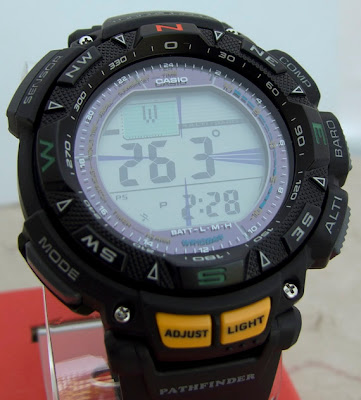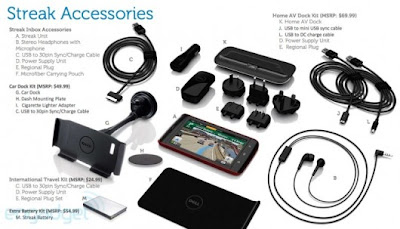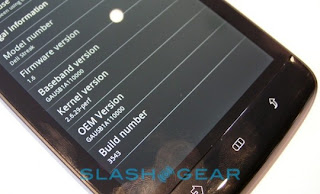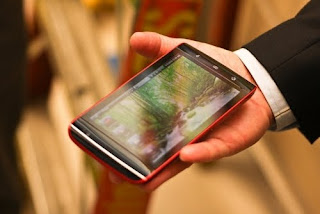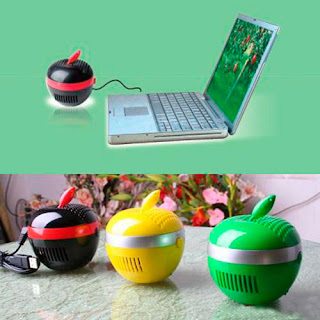to meet the need of people who love to go around with their data ineo has developed a diverse line of 3.5” and 2.5” hard disk drive enclosures that are designed to be both stylish and functional.
The I-NA301Ue enclosure is specifically designed for use with 3.5” SATA hard drives, while other offerings from ineo target the 2.5” drive enclosures market. It is true that 3.5” hard drives are bulkier than their 2.5” counterparts, but the price per GB ratio of 3.5” drives still trumps that of 2.5” drives. So, let’s take a look at the I-NA301Ue to see if it stands out from the competition.
Design
The NA301Ue is designed to be a portable, hot-swappable solution for data storage that also is rugged enough to stand up to the wear-and-tear of daily usage. The outer casing is not especially eye catching, nor it is hard on the eyes. Rather, it has a solid black color matte finish that blends seamlessly with other black colored PC components or laptops.
The main feature that makes the NA301Ue stand out from other HD enclosures is the hot-swappable design. No screws or other mounting hardware are needed to install a drive into the enclosure. The front panel opens with the turn of the included key, and any 3.5” SATA drive slides right in.
The enclosure supports both USB 2.0 and eSATA connections, and all of the necessary cables and adapters are included in the package.
Features and Specifications
- Aluminum Alloy with honeycomb Casing provides excellent silent cooling
- USB2.0 Transfer rate up to 480Mb/s
- Fully compatible with 3.5" SATA I/II Had Disk Drives
- Horizontal or Vertical with Stand
- Truly Plug and Play and Hot Swappable
- Extra Adapter for power supply to ensure hard disk drive works without brown out
- Attractive Blue and Red LED illuminated light indicates power and data access activities
- Universal Power Adapter: 5V/1.5A, 12V/1.5A, 100-240V
- Dimension (W x D x H): 87 x 195 x 131 (mm)
- OS Supported: Windows ME/98/NT/2000/2003/XP/Vista, MAC, Linux
In the Box
- I-NA301Ue HDD enclosure
- Stand
- USB Cable
- eSATA cable
- Power Adapter
- Key
- User manual and driver CD
Setup and Initial Use
With all of the necessary cables, adapters and drivers included in the box, the process of installing a 3.5” SATA hard drive was literally done in 30 seconds. The hardest part – if you can call it ‘hard’ – was tracking down the key and using it to pop open the front panel. I really like the fact that you don’t need to line up any screw holes or screw in any screws with the I-NA301Ue. This ease of swapping drives in and out of the enclosure would make it a perfect choice for a tech. support person who uses it to diagnose hard drive issues for customers.
The driver CD is needed to get the eSATA connection set up and running, and this process only took a few minutes as well. I already had an eSATA adapter card installed in my desktop PC, and this is about the only accessory that was not included in the packaging. The eSATA connection is certainly a lot faster solution for transferring data and I would definitely recommend it for anyone who is going to be using the drive to run applications or games. If you are only using the drive to transfer or backup files on an ad-hoc basis, you can probably live with the slower speed of the USB 2.0 connection. Using the USB connection requires no driver installation and is a much simpler solution for anyone who uses the enclosure with a laptop computer.
Portability
The aluminum alloy material makes the enclosure light weight and easy to carry around, although the 3.5” Western Digital hard drive does add to the overall weight of the unit. Even when using the USB connection, you still need the supplied AC power adapter to use the enclosure, which adds to the bulkiness of the overall package. While the enclosure is not the smallest or the easiest to carry around with you, there is only so much that can be done to minimize the size of 3.5” hard disk drive enclosures. If you want the capacity and low cost of 3.5” drives, you are stuck with the size and weight of the drives themselves.
















